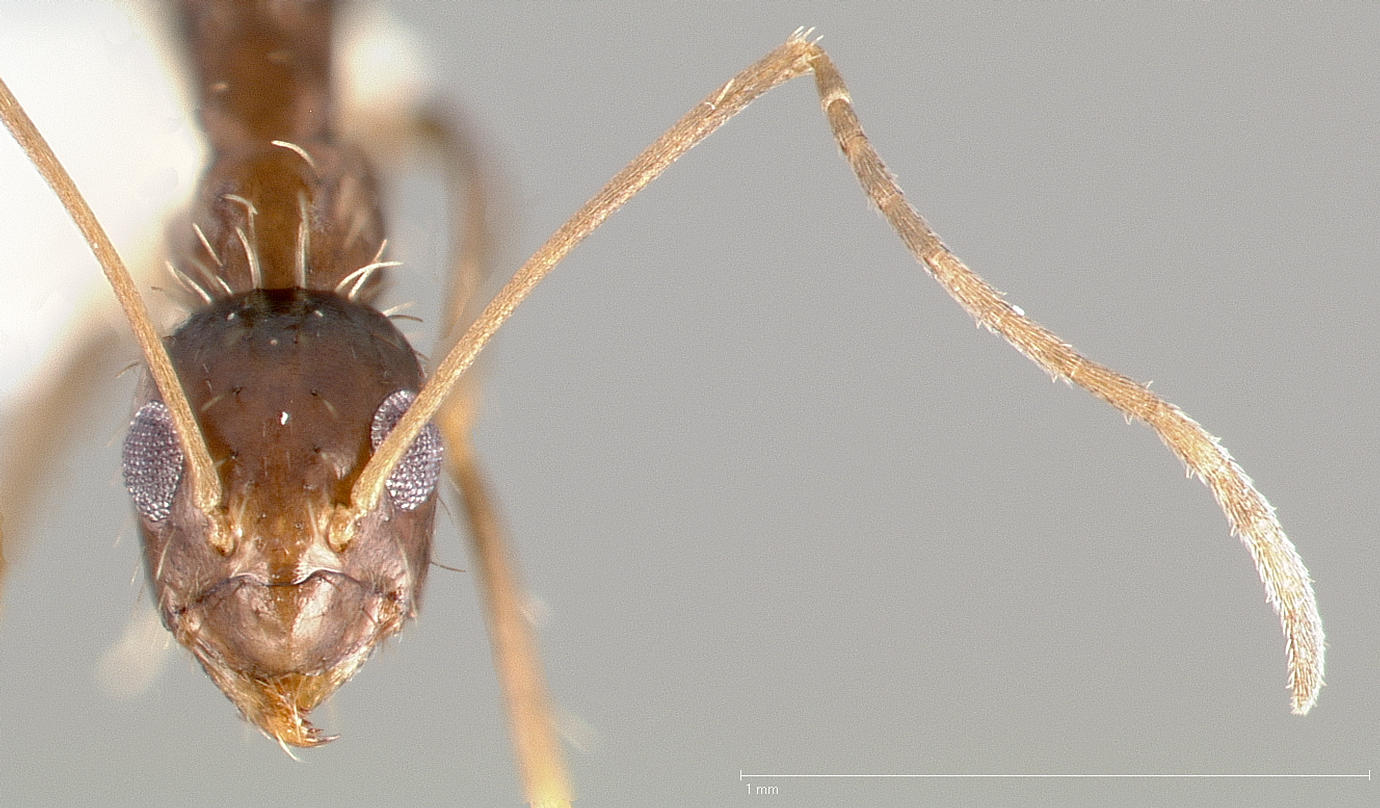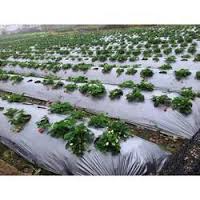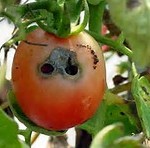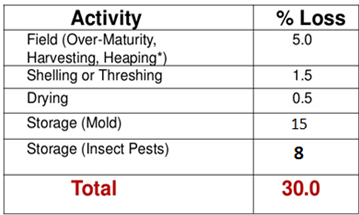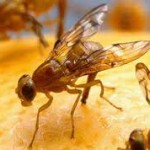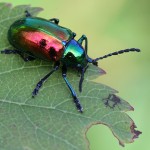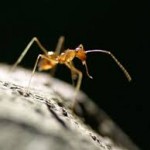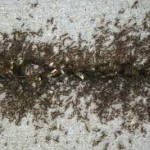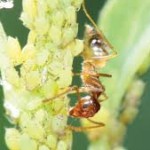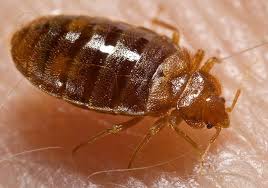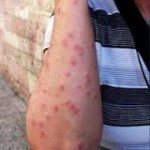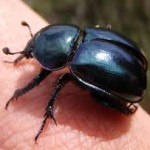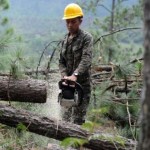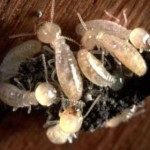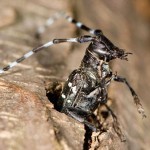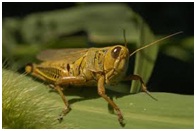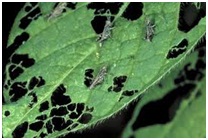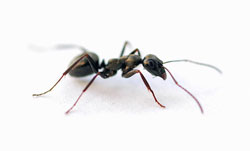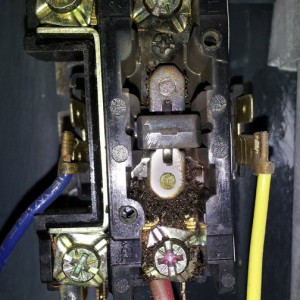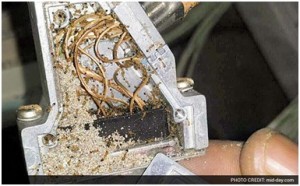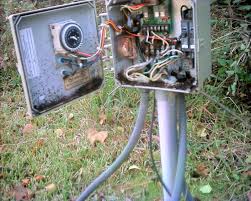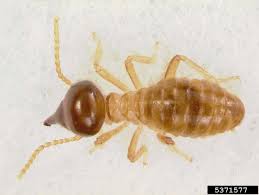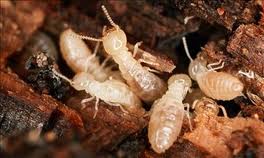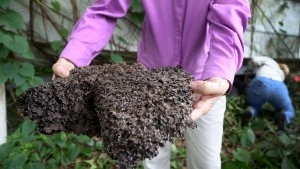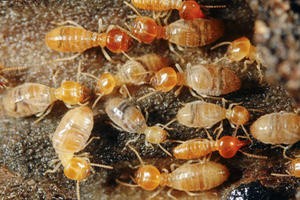‘Nylanderia fulva’ are commonly known as crazy ants. This species is known worldwide as an invasive species and environmental pest. The ants are obnoxious because they reproduce in large numbers, sometimes outnumbering all other ants 100-to-1. Edward LeBrun, a researcher at the University of Texas at Austin, who has conducted various studies/research, said, “That’s a problem since ecosystems depend on a wide variety of ants to perform different tasks; domination by one species is highly unusual”,
Crazy ants are highly versatile, living in both moist and dry habitats. They generally nest in rotten wood, soil, the cavities of trees and plants, trash and under rocks and buildings. They cannot survive extremely cold climates and may infest houses and buildings when the weather changes. They often invade our homes, buildings, industrial plants, and even our electronic equipment.
These ants are difficult to control because they are ready to abandon their homes and find new ones at a moment’s notice. Like many invasive ants, including some populations of the red imported fire ant (Solenopsis invicta), crazy ant colonies contain multiple queens. This allows them to reproduce faster than single-queen species and makes it hard to kill the entire colony.
Crazy ants are always looking for cavities to nest in — unlike most ants, they don’t excavate their own holes and tunnels, beyond minimal expansion. That is also the reason they move into people’s houses, nesting in any area with protected holes and cavities, such as the insides of walls and in basements and crawlspaces.
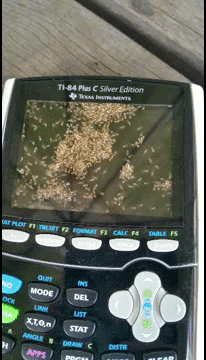 Edward LeBrun, a researcher at the University of Texas, explained – Their small size, less than one-eighth of an inch in length, allows them to crawl inside cell phones, computers and appliances, which all are home to protected cavities and are “just great” for these ants. Most commonly, they swarm inside sheds and pumps in rural areas, which has been a problem for industries in Texas and elsewhere along the Gulf Coast. When the crazy ants enter these devices their bodies can create connections between electrical contacts, which can lead the circuits to short out and electrocute the ants. This causes them to release an alarm pheromone, a scent ants use to communicate that they are “under attack,” likely attracting the ants’ kin to come and fight. This creates a vicious cycle that can leave appliances broken and full of dead and angry ants.
Edward LeBrun, a researcher at the University of Texas, explained – Their small size, less than one-eighth of an inch in length, allows them to crawl inside cell phones, computers and appliances, which all are home to protected cavities and are “just great” for these ants. Most commonly, they swarm inside sheds and pumps in rural areas, which has been a problem for industries in Texas and elsewhere along the Gulf Coast. When the crazy ants enter these devices their bodies can create connections between electrical contacts, which can lead the circuits to short out and electrocute the ants. This causes them to release an alarm pheromone, a scent ants use to communicate that they are “under attack,” likely attracting the ants’ kin to come and fight. This creates a vicious cycle that can leave appliances broken and full of dead and angry ants.
Crazy ants have unique body structure. Their jaws are not strong enough to cut through metal wires, but they can chew through the softer insulation around them, exposing the live wires and causing electrical shorts.
Teeming out of electrical outlets and short-circuiting electronics, these tiny reddish-brown crazy ants have been making headlines as their numbers climb in the southeastern U.S. The ants swarm inside the units, causing them to short-circuit and preventing them from turning on. Often the switches inside them need to be replaced, thanks to the ants, said Matthews, who works for the Austin-area pest control business The Bug Master.
‘Crazy ants’ that feast on electronics and are invading the U.S. cannot be killed with normal insecticide
By Mail Online, 10 June 2013, US
According to ABC News, the chemicals that kill the more common red ant aren’t effective on crazy ants, so residents should call pest control if they find an infestation in their home.
The insects, bizarrely, are attracted to electrical wiring and components and in one year alone caused $146.5 million in damages in Texas, ABC reported.
The devastation occurs when one ant discovers the transformer then gets electrocuted when it touches it, and ‘waves its abdomen in the air’ omitting a certain scent.
The scent lures for ants to the scene and they too are electrocuted, again sending the scent into the air to attract their friends.
Eventually, there are so many dead ants that the electric switches get stuck or the insulation fries and the system shut down.
The crazy ants are most commonly found in coastal areas with warmer temperatures. Known scientifically as ‘Nylanderia fulva,’ they are also referred to as ‘rasberry’ after the exterminator Tom Rasberry who discovered them in Houston in 2002.
The ‘crazy’ ants do not have such a painful sting as their insect counterparts, but they are still a nuisance for homeowners.
‘Crazy ants’ that spread disease are invading Britain from Argentina
By Mirror, 18 Aug 2015, UK
The Argentinian variety is particularly vicious, attacking crops and animals.
And the pests, from Pampas, have teeth sharp enough to gnaw through thick wiring, causing short circuits and fires.
Expert David Cross said that the new arrivals are the latest additions to a growing list of fearsome tropical ants that have colonized areas across the country. Mr. Cross said: “Species like these were once contained in their own parts of the world, but they now seem to be on something of a world tour.
“The population of tropical ants in this country is certainly growing all the time and we’re now seeing many more problems with colonies of certain species than we have witnessed in the past.
“Most arrive here via container ships from different parts of the world, either in food or perhaps soft furnishings.”
He added: “Most tropical ants can’t live outside and need warmth to survive so they can thrive in places where heating is on all the time.
Conventional insecticides have proven to be a failed solution to give effective results. These insecticides are toxic in nature. They kill target as well as nontarget species. They are also hazardous to human health. Moreover, species like crazy ants are not at all affected by the toxic effects of these insecticides.
C Tech Corporation can offer a solution to overcome the damage caused by crazy ants. Termirepel™ anti-termite, an anti-insect additive is an ideal solution for the prevention and control of crazy ants. It follows 6 pronged strategy which is extremely effective on crazy ants as well as insects like termites, beetles, grasshopper, bugs etc.
Termirepel™ is thermally stable and does not degrade on exposure to heat and sunlight. It does not kill or harm the insect but repels them. It does not volatilize and does not degrade the soil. It is RoHS, RoHS2, REACH, APVMA, NEA compliant and FIFRA exempted.
